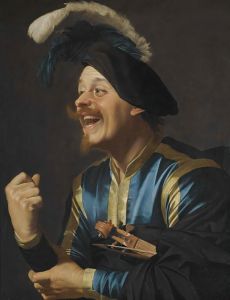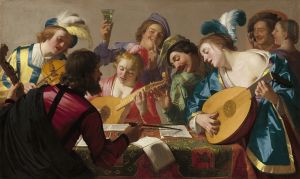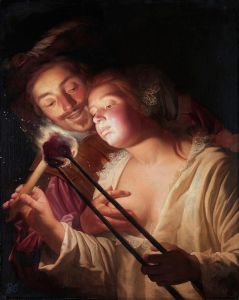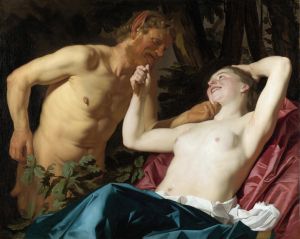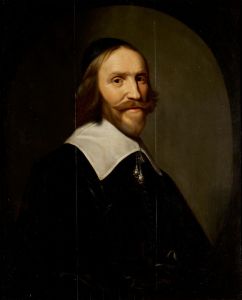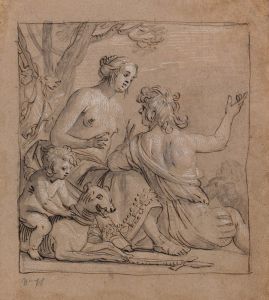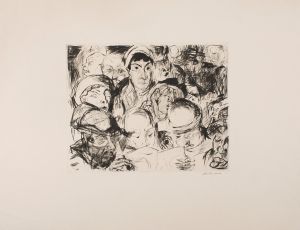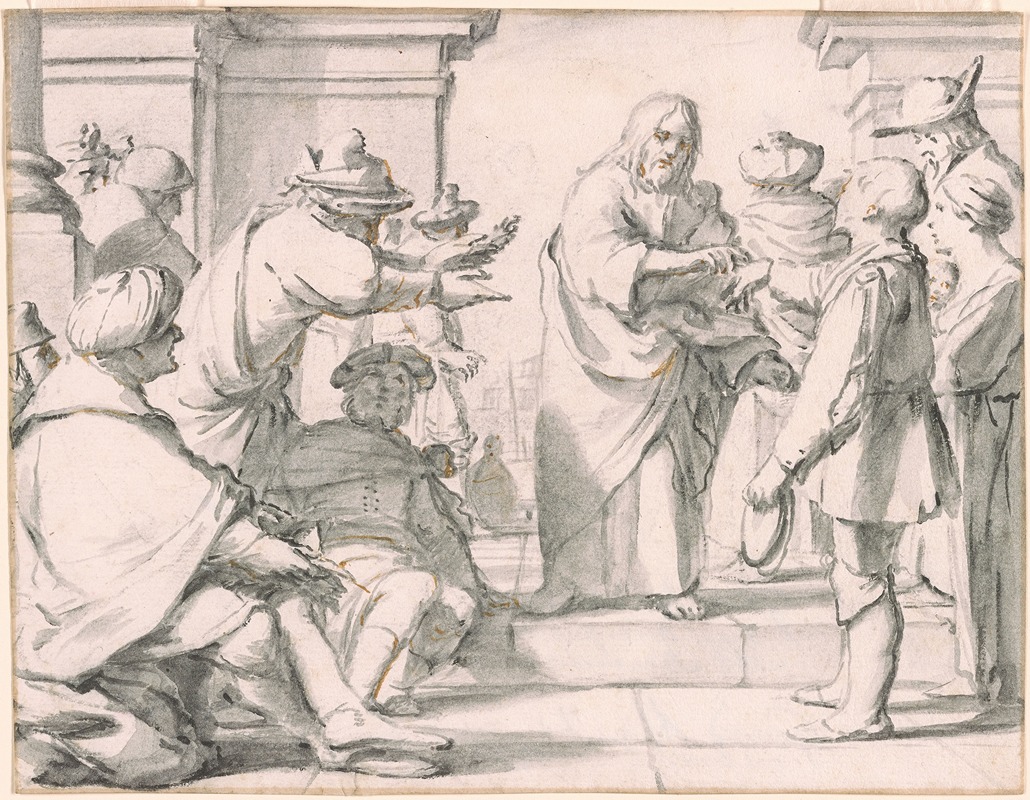
Christ Healing the Man with the Withered Arm
A hand-painted replica of Gerard van Honthorst’s masterpiece Christ Healing the Man with the Withered Arm, meticulously crafted by professional artists to capture the true essence of the original. Each piece is created with museum-quality canvas and rare mineral pigments, carefully painted by experienced artists with delicate brushstrokes and rich, layered colors to perfectly recreate the texture of the original artwork. Unlike machine-printed reproductions, this hand-painted version brings the painting to life, infused with the artist’s emotions and skill in every stroke. Whether for personal collection or home decoration, it instantly elevates the artistic atmosphere of any space.
Gerard van Honthorst, a prominent Dutch Golden Age painter, is known for his mastery in the use of chiaroscuro and his ability to depict biblical and genre scenes with dramatic lighting. One of his notable works is "Christ Healing the Man with the Withered Arm." This painting exemplifies Honthorst's skill in capturing the emotional intensity and spiritual significance of biblical narratives.
The painting illustrates a scene from the New Testament, specifically from the Gospel of Matthew (12:9-13), where Jesus heals a man with a withered hand on the Sabbath. This miracle is significant as it highlights Jesus' compassion and challenges the prevailing interpretations of Sabbath laws. Honthorst's depiction of this event is both a religious and artistic exploration of light, shadow, and human emotion.
In "Christ Healing the Man with the Withered Arm," Honthorst employs his characteristic use of chiaroscuro, a technique that contrasts light and dark to create a sense of volume and depth. This method not only enhances the three-dimensionality of the figures but also draws attention to the central action of the scene. The light source, often depicted as emanating from an unseen candle or torch, illuminates the figures of Christ and the man, casting dramatic shadows that heighten the emotional impact of the moment.
Honthorst's composition is carefully arranged to focus the viewer's attention on the interaction between Christ and the man with the withered arm. The figures are positioned in a way that emphasizes the gesture of healing, with Christ's hand reaching out to the afflicted man. The expressions of the surrounding figures, who witness the miracle, add to the narrative by conveying a range of emotions from awe to skepticism. This attention to detail in facial expressions and body language is a hallmark of Honthorst's work, showcasing his ability to convey complex human emotions.
The painting also reflects the influence of Caravaggio, whose work Honthorst encountered during his time in Italy. Caravaggio's dramatic use of light and shadow, as well as his focus on realistic depictions of biblical scenes, left a lasting impact on Honthorst's style. However, Honthorst adapted these elements to suit his own artistic vision, often incorporating a softer and more refined approach to his subjects.
"Christ Healing the Man with the Withered Arm" is an example of Honthorst's contribution to the Utrecht Caravaggisti movement, a group of artists in the Dutch city of Utrecht who were heavily influenced by Caravaggio's work. This movement played a significant role in the development of Dutch art during the early 17th century, blending Italian Baroque elements with Northern European artistic traditions.
While specific details about the provenance and current location of "Christ Healing the Man with the Withered Arm" may not be widely documented, the painting remains an important part of Honthorst's oeuvre. It exemplifies his ability to convey religious themes with emotional depth and technical skill, making it a valuable piece for understanding the intersection of art and faith during the Dutch Golden Age.
In summary, Gerard van Honthorst's "Christ Healing the Man with the Withered Arm" is a testament to his mastery of chiaroscuro and his ability to depict biblical narratives with emotional and spiritual resonance. Through his use of light, composition, and expressive figures, Honthorst captures the essence of a miraculous moment, inviting viewers to reflect on the themes of compassion and faith.





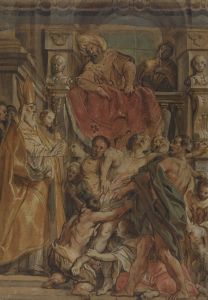
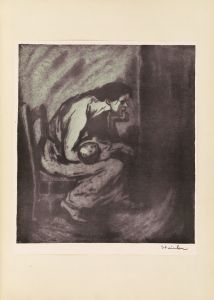
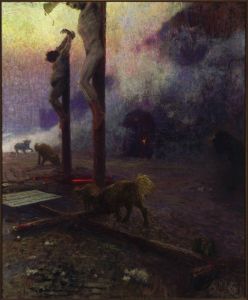
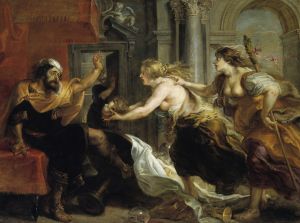
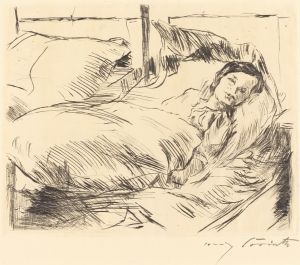
![Proposed decorations for Fisher Building, Detroit, MI.] [Sheet No. 3, Dome at intersection of arcade 100 and Main Lobby 107](/imgs/249384/s/winold-reiss-proposed-decorations-for-fisher-building-detroit-mi-sheet-no-3-dome-at-intersection-of-arcade-100-and-main-lobby-107-2b55dbcd.jpg)
